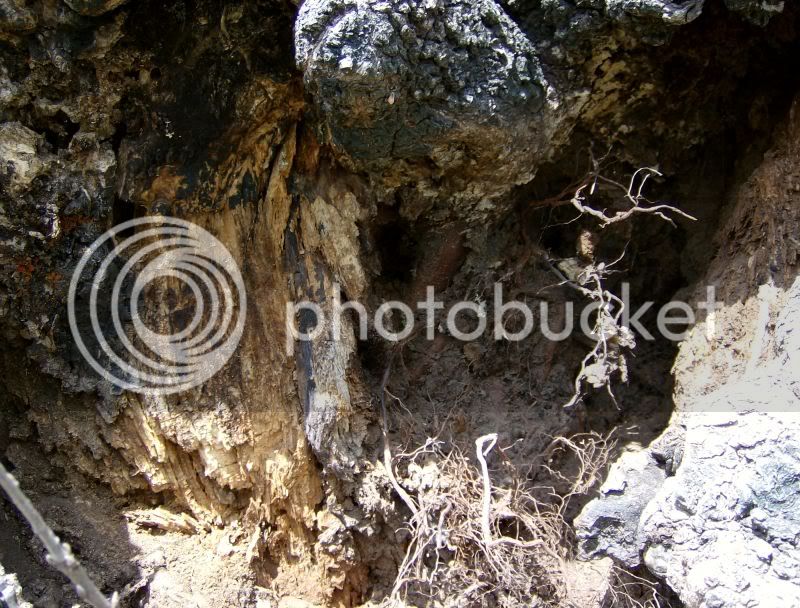Legit_Arborist
ArboristSite Lurker
What methodology for decay detection do you utilize in the Commercial marketplace? Does anyone have any experiece using PiCUS Sonic Tomography? There is a new completitor for the PiCUS Sonometer called Fakopp...I'll mispell the name I'm sure...Does anyone have any experience with this unit? We are interested in utilizing this type of decay detection at our campus and am interested in feedback.

























































